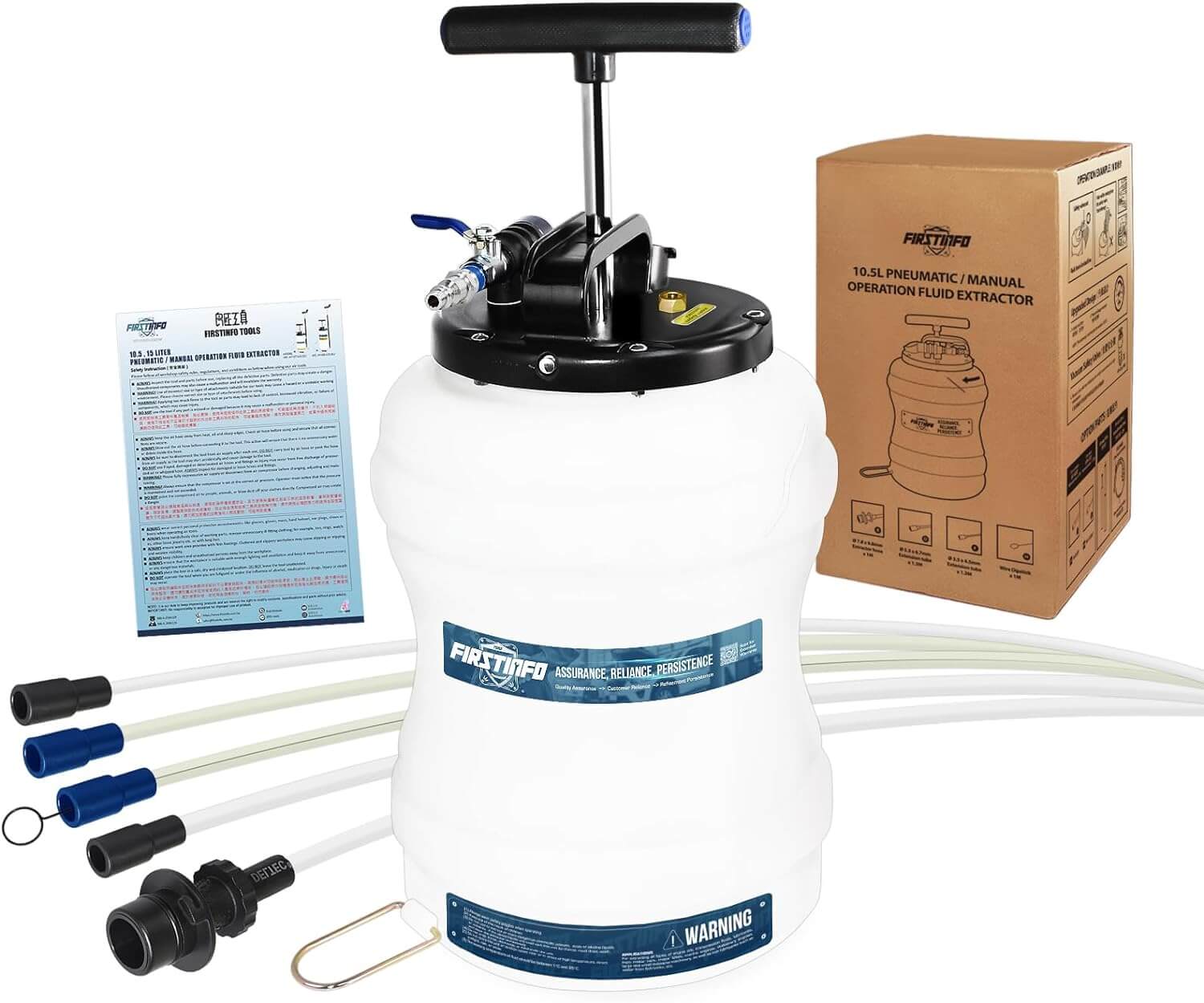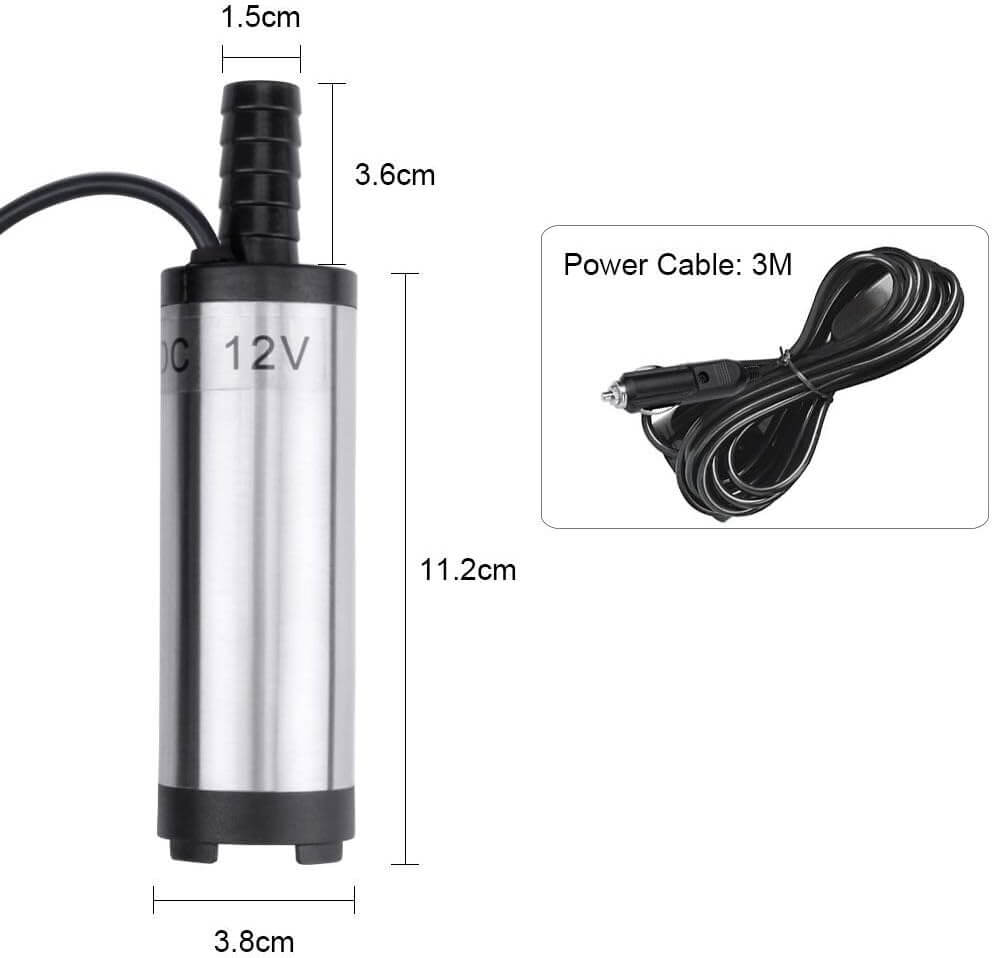Automotive Oil Standards: What You Need To Know.
So you’re a car owner, and you know that keeping up with regular oil changes is essential for maintaining your vehicle’s performance and longevity. But did you know that not all automotive oils are created equal? In this article, we will delve into the world of automotive oil standards, providing you with the essential information you need to know.
From understanding viscosity ratings to recognizing different classifications, we’ll explore how these standards impact your car’s engine and help you make informed choices when it comes to selecting the right oil for your vehicle. Buckle up as we take a closer look at automotive oil standards and why they matter for your beloved ride.
What are Automotive Oil Standards?
Automotive oil standards are guidelines and specifications that are set by organizations to ensure the quality and performance of automotive oils. These standards outline the specific requirements that oils must meet in order to be considered suitable for use in vehicles. By adhering to these standards, manufacturers can ensure that their oils provide the necessary lubrication, protection, and performance for various types of engines.
Importance of Automotive Oil Standards
Ensuring proper lubrication:
One of the key reasons why automotive oil standards are important is to ensure proper lubrication of engine components. Lubrication is essential for reducing friction and wear between moving parts in the engine. Without adequate lubrication, components such as pistons, cylinder walls, and bearings can experience excessive wear, resulting in poor engine performance and premature failure. By using oils that meet the established standards, you can be confident that your engine will receive the necessary lubrication to operate smoothly and efficiently.
Maximizing engine performance:
Automotive oil standards also play a crucial role in maximizing engine performance. High-quality oils that meet or exceed the established standards are formulated to provide optimal performance under various operating conditions. These oils are designed to maintain proper viscosity, resist oxidation and thermal breakdown, and effectively clean and protect engine components. By using oils that meet the standards, you can ensure that your engine operates at its peak performance level, delivering the power and efficiency you expect.
Increasing fuel efficiency:
Fuel efficiency is a major concern for many vehicle owners, and automotive oil standards can contribute to improving it. Oils that meet the standards are often formulated with additives and base oils that help reduce friction and improve overall engine efficiency. By using these oils, you can help minimize energy losses, reduce fuel consumption, and potentially increase your vehicle’s miles per gallon. Following the recommended oil standards can help you save money on fuel costs while also being environmentally conscious.
Different Types of Automotive Oil Standards
SAE oil viscosity ratings:
One of the most well-known and widely used automotive oil standards is the SAE (Society of Automotive Engineers) oil viscosity rating. Viscosity refers to the thickness or flowability of the oil. SAE viscosity ratings consist of a two-digit number followed by the letter “W” (winter) and another number. For example, 10W-30. The first number indicates the oil’s viscosity at low temperatures, while the second number represents the viscosity at high temperatures. The lower the numbers, the thinner the oil at low temperatures and the higher the numbers, the thicker the oil at high temperatures.
API oil service categories:
The API (American Petroleum Institute) oil service categories are another important set of standards for automotive oils. These categories define the performance levels and quality requirements for various types of engines and applications. The API service categories are denoted by a two-letter code, such as “SN” or “CI.” Each new category represents an improvement over the previous one in terms of oil performance and protection. Following the API oil service categories ensures that your oil meets the specific needs and requirements of your engine.
ILSAC oil specifications:
ILSAC (International Lubricant Standardization and Approval Committee) oil specifications are primarily focused on passenger car engines and are commonly used in North America and Asia. ILSAC specifications, such as GF-5, define the performance requirements for oils in terms of fuel economy, wear protection, and compatibility with emission control systems. By using oils that meet ILSAC specifications, you can be confident that your oil is formulated to provide the necessary performance and protection for your vehicle.
ACEA oil sequences:
ACEA (Association des Constructeurs Europeens d’Automobiles) oil sequences are widely recognized in Europe and cover a range of engine types and applications. The ACEA sequences define the performance requirements for oils in terms of engine cleanliness, wear protection, and compatibility with emission control systems. The different ACEA categories, such as A1/B1 or C2, indicate the specific performance requirements for each type of engine and application. It’s important to choose an ACEA oil sequence that matches the needs of your vehicle to ensure optimal performance and protection.
Understanding SAE Oil Viscosity Ratings
Definition of SAE viscosity:
SAE viscosity ratings are a standardized way to measure and classify the thickness or flowability of automotive oils. Viscosity refers to the resistance of a fluid to flow. In the context of oils, viscosity determines how well the oil maintains a protective film between moving parts to reduce friction and wear. The higher the viscosity, the thicker the oil and the more resistant it is to flow. Conversely, the lower the viscosity, the thinner the oil and the less resistance it has to flow.
How viscosity affects oil performance:
The viscosity of an oil plays a crucial role in its performance. At low temperatures, oils with low viscosity flow more easily, allowing for quicker engine startup and improved cold-weather protection. On the other hand, at high temperatures, oils with higher viscosity provide better film strength and protection against metal-to-metal contact and excessive wear. It is important to choose an oil with the appropriate viscosity rating for your vehicle’s operating conditions to ensure proper lubrication and protection.
Understanding the SAE rating system:
The SAE rating system consists of two numbers separated by a hyphen and followed by the letter “W.” The first number represents the oil’s viscosity at cold temperatures, while the second number represents the viscosity at normal operating temperatures. The “W” stands for winter, indicating that the oil has been tested and meets the requirements for low-temperature performance. For example, a common rating is 10W-30, which means the oil has a viscosity of 10 at low temperatures and 30 at normal operating temperatures.
Based on your vehicle’s requirements and the operating conditions you expect, you should choose an oil with the appropriate SAE viscosity rating. Consult your vehicle’s owner’s manual or speak to a knowledgeable mechanic to determine the best viscosity rating for your specific needs.
API Oil Service Categories
API service symbol:
The API oil service categories are denoted by a prominently displayed service symbol on the oil container. This symbol typically consists of the letters “API” followed by a two-letter code, such as “SN” or “CI.” The API service symbol indicates that the oil has met the specific performance requirements outlined by the API for a particular category.
Different levels of API oil categories:
The API oil service categories are categorized alphabetically, with each new category representing an improvement over the previous one in terms of oil performance and protection. For example, the current highest API category for gasoline engines is “SN,” while the current highest category for diesel engines is “CK-4.” It’s important to choose an oil that meets or exceeds the API category recommended by your vehicle manufacturer to ensure proper performance and protection.
Choosing the right API category for your vehicle:
To choose the right API category for your vehicle, consult your vehicle’s owner’s manual or check with the manufacturer’s recommendations. The owner’s manual will specify which API category or categories are suitable for your engine. It’s important to follow these guidelines to ensure that the oil you use meets the necessary performance requirements and provides the desired level of protection. Using an oil that does not meet the recommended API category may result in poor performance, increased engine wear, and potential warranty issues.
ILSAC Oil Specifications
What does ILSAC stand for:
ILSAC stands for the International Lubricant Standardization and Approval Committee. It is an organization consisting of US and Japanese automobile manufacturers, as well as oil companies. ILSAC establishes specifications for passenger car engine oils, primarily focusing on fuel economy, wear protection, and compatibility with emission control systems.
ILSAC GF-5 specification:
The ILSAC GF-5 specification is the latest and current specification set by ILSAC. This specification represents a significant advancement in oil technology and is designed to provide improved fuel efficiency, better engine protection, and increased compatibility with emission control systems. Oils that meet the GF-5 specification have undergone rigorous testing to ensure that they meet the performance requirements outlined by ILSAC.
Benefits of using ILSAC-certified oils:
Using oils that meet ILSAC specifications, such as GF-5, can provide several benefits for your vehicle. These oils are specifically formulated to enhance fuel economy by reducing friction and improving overall engine efficiency. They also provide excellent wear protection, helping to extend engine life and reduce the risk of costly repairs. Furthermore, ILSAC certified oils are formulated to be compatible with modern emission control systems, ensuring that your vehicle meets environmental regulations and operates cleanly.
ACEA Oil Sequences
Introduction to ACEA oil sequences:
ACEA oil sequences are a set of industry standards established by the Association des Constructeurs Europeens d’Automobiles. These sequences define the performance requirements for oils used in European vehicles and cover a wide range of engine types and applications. The ACEA sequences are periodically updated to reflect advancements in engine technology and changing industry needs.
Different ACEA categories and their meanings:
The ACEA oil sequences are categorized by alphanumeric codes, with each category representing specific performance requirements. For example, ACEA A1/B1 oils are suitable for gasoline engines with low-friction design, while ACEA C2 oils are designed for use in engines equipped with diesel particulate filters. It is important to choose an ACEA oil sequence that matches the needs of your vehicle to ensure optimal performance and protection.
Selecting the appropriate ACEA oil sequence:
To select the appropriate ACEA oil sequence for your vehicle, consult your vehicle’s owner’s manual or check with the manufacturer’s recommendations. The manual will provide specific requirements and recommendations for the oil that should be used in your engine. Choosing an oil that meets the recommended ACEA sequence will help ensure that your engine is properly lubricated and protected and that it operates at its best.
Common Misconceptions about Automotive Oil Standards
All oils are the same:
One common misconception about automotive oil standards is that all oils are the same. This is not true. Automotive oil standards outline specific requirements and performance criteria that oils must meet. Oils that meet these standards are formulated with different additives and base oils to provide the desired performance characteristics. Using an oil that meets the appropriate standards for your vehicle ensures that you are using a high-quality product that is designed to provide the necessary lubrication, protection, and performance.
Higher viscosity is always better:
Another misconception is that higher-viscosity oils are always better. While it is true that higher viscosity oils provide better protection at high temperatures, using an oil with a higher viscosity than recommended by your vehicle manufacturer can actually be detrimental to engine performance. The recommended viscosity rating is based on extensive testing and engineering to ensure that the oil flows properly throughout the engine under various conditions. Using an oil with a viscosity that is too high can result in increased drag, reduced fuel efficiency, and potential engine damage.
Using oil with a higher API category is recommended:
Some people believe that using an oil with a higher API category is always recommended. While it is important to use an oil that meets or exceeds the minimum API category recommended by your vehicle manufacturer, using an oil that exceeds the recommended category may not necessarily provide additional benefits. Engine designs and requirements vary, and using an oil with a higher API category than recommended may not provide any significant performance improvements. Always follow the manufacturer’s recommendations to ensure proper performance and protection.
Consequences of Not Following Automotive Oil Standards
Premature engine wear:
Not following automotive oil standards can lead to premature engine wear. When oil does not meet the required standards, it may lack the necessary additives and properties to provide sufficient lubrication and protection to engine components. As a result, excessive friction and wear can occur, leading to accelerated damage and shortened engine life. Regularly using an oil that meets the established standards can help prevent premature engine wear and extend the life of your engine.
Reduced engine performance:
Using an oil that does not meet the necessary standards can also result in reduced engine performance. Inadequate lubrication can lead to increased friction between moving parts, causing the engine to run less smoothly and efficiently. Reduced performance may manifest as sluggish acceleration, decreased power output, and overall poor engine operation. Following the recommended oil standards ensures that your engine receives the necessary lubrication and protection to operate at its best.
Decreased fuel efficiency:
Using an oil that does not meet the required standards can negatively impact fuel efficiency. Oils that do not provide optimal lubrication and minimize energy losses can contribute to increased friction and drag within the engine, resulting in higher fuel consumption. By using oils that meet the established standards and are formulated for fuel efficiency, you can help maximize your vehicle’s miles per gallon and potentially save on fuel costs.
Tips for Choosing the Right Automotive Oil
Consult your vehicle manufacturer’s recommendations:
When choosing the right automotive oil for your vehicle, it is crucial to consult your vehicle manufacturer’s recommendations. The owner’s manual or manufacturer’s website will provide specific oil viscosity, API category, and any additional requirements or recommendations for your particular engine. Following these guidelines will ensure that you select an oil that is compatible and suitable for your vehicle.
Consider your driving conditions and climate:
It is important to consider your driving conditions and climate when choosing the right automotive oil. For example, if you live in a cold climate, using a lower-viscosity oil with a “W” rating can help ensure easier engine startup and proper lubrication in low temperatures. On the other hand, if you frequently drive in high-temperature conditions or tow heavy loads, using an oil with a higher viscosity rating can provide increased protection and stability. Take into account the specific demands your driving conditions place on your engine to choose the appropriate oil.
Read the oil bottle label:
Before purchasing automotive oil, be sure to read the oil bottle label thoroughly. The label will provide important information such as the oil’s viscosity rating, API category, and any additional performance specifications or certifications. Make sure that the oil you choose meets the necessary standards and requirements for your vehicle. Additionally, the label may also include information about any specific benefits or additional features of the oil, helping you make an informed decision based on your needs and preferences.
In conclusion, automotive oil standards are essential for ensuring proper lubrication, maximizing engine performance, and increasing fuel efficiency. Understanding the different types of automotive oil standards, such as SAE viscosity ratings, API service categories, ILSAC specifications, and ACEA oil sequences, can help you choose the right oil for your vehicle.
By following the recommended oil standards and using oils that meet these standards, you can avoid the consequences of not adhering to them, such as premature engine wear, reduced engine performance, and decreased fuel efficiency. Take the time to consult your vehicle manufacturer’s recommendations, consider your driving conditions, and read the oil bottle labels to select the right automotive oil for your needs.


